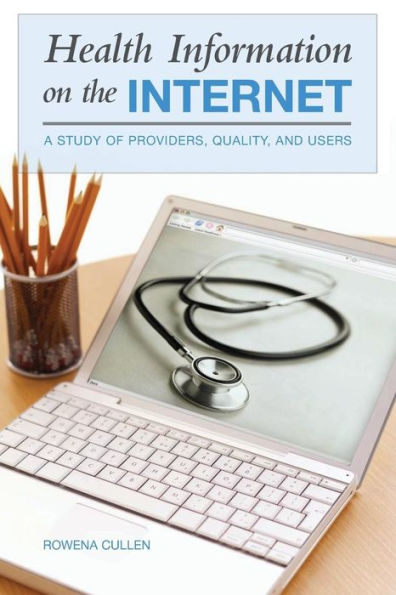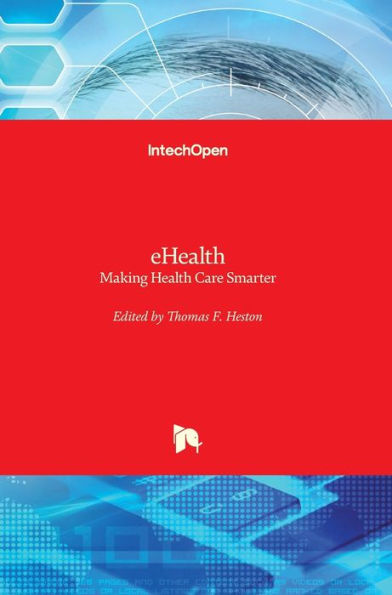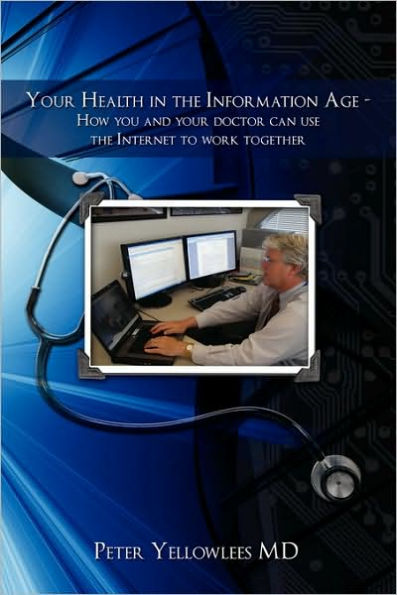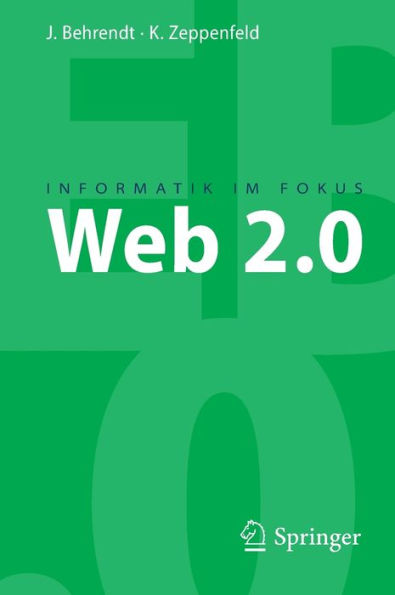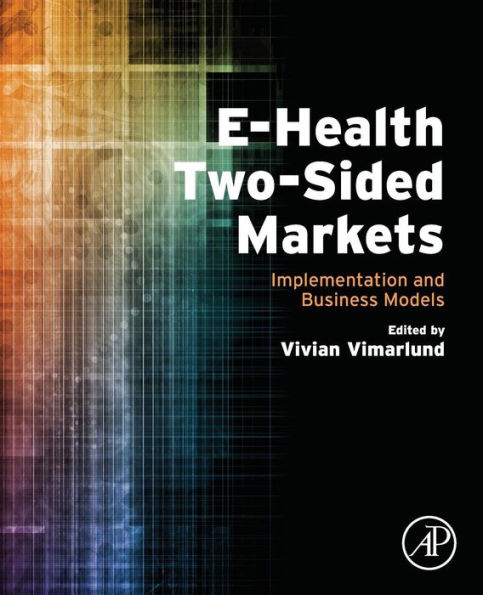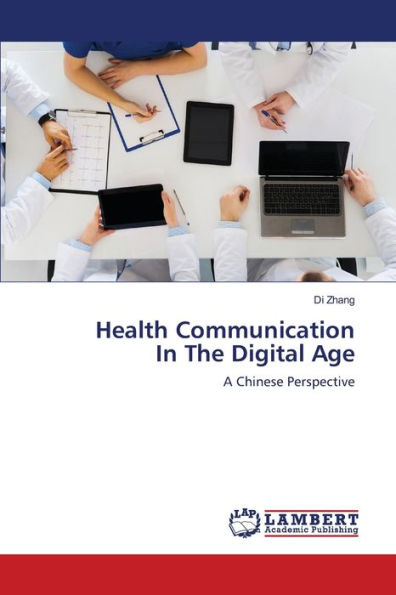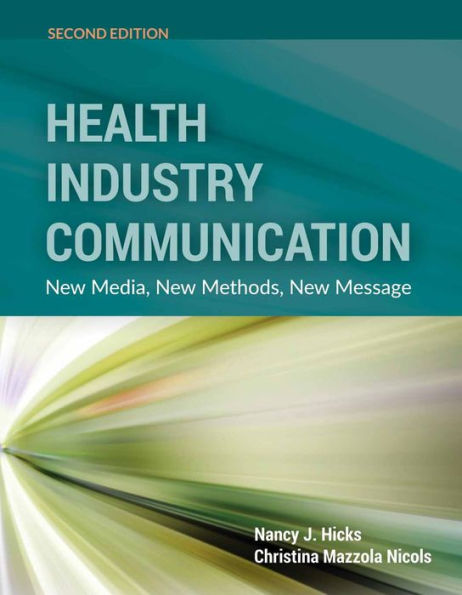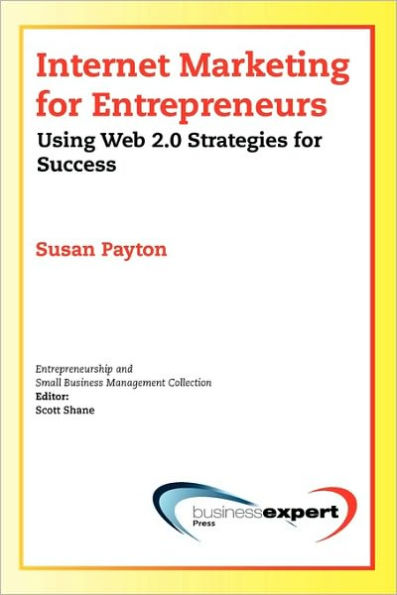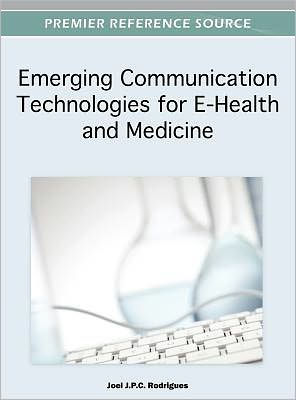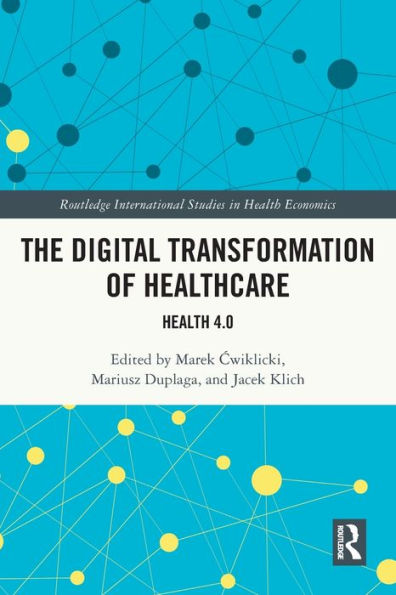Home
Web 2.0 and the Health Care Market: Health Care in the era of Social Media and the modern Internet


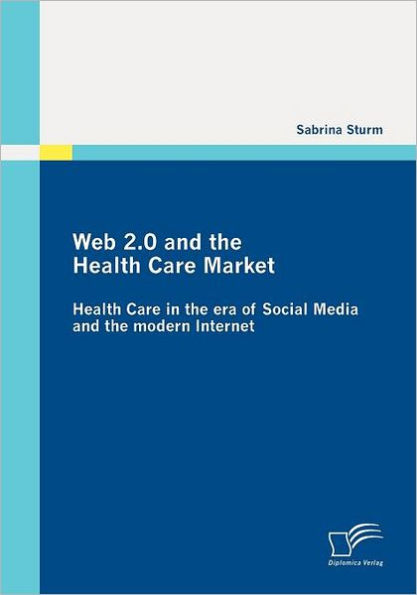
Web 2.0 and the Health Care Market: Health Care in the era of Social Media and the modern Internet
Current price: $69.90
Loading Inventory...
Size: OS
The present piece of research deals with the use of Web 2.0 applications within the health care market. When reviewing literature it became evident that up to now, research which has been conducted in this field is rather limited to single aspects of the topic. Comprehensive research investigating the topic as a whole could not be properly identified. Within this study, first of all, Web 2.0 is introduced in general, including a definition, its principles, as well as major supportive technologies and common applications, for example blogs, communities, virtual worlds and podcasts are outlined in detail. Since Web 2.0 is a rather young phenomenon, experts have not yet agreed on a common definition and scope. Therefore this part is intended to provide a basis for common understanding about Web 2.0. The second part is dedicated to the health care market itself. Here, a definition and classification of the market is provided. In this context it has been specified what has been included into its scope for the purpose of this study. Moreover, it is given an overview of current trends, the status quo, as well as an outlook to future development with respect to influencing factors like demographic changes, medical-technological progress, as well as political interventions. It is important to consider the structure and future development of the health care market in order to properly assess the value of Web 2.0 for this market. Afterwards, Web 2.0 is introduced to the health care market, thereby setting it into the context of e-health, the increasing virtualization and other related terms like "Medicine 2.0" or "Patient 2.0". Subsequently, possible applications and their value are discussed for the different stakeholder groups that have been identified as health care consumers, health care providers, and health care payer. It is depicted in depth which benefits can be obtained from the single applications. Majorly, it turned out that patients may have greatest benefits in
